I hate smartphones. They're designed to be disposable, fragile, obtrusive, addictive, and penetrative. The modern ones are so obviously a surveillance device and a money grab I just hate having one on me. However, access to data for navigation and more common things like text and voice is somewhat necessary for the traveling I do. To both solve this social problem I'm experiencing and to improve my hardware and software skills I've decided I'm going to build myself a "midphone," which is in between a dumbphone and a smartphone. The device takes cues from the Blackberry Q20 device, which is though of as one of the best devices produced in the early 21st century, but the similarities end there. The wishlist for the device:
1) all components need to be easy to obtain, work with, repair, and replace. Nothing proprietary.
2) No touch screens, as their interface is power hungry and unnecessary most of the time.
3) Device should be complex enough to handle a Linux distro
4) Device will include some GPIO ports a la the Flipper Zero for add-ons
5) Physical switches capable of hard-cutting power on comm modules (LTE, WiFi, GPS, LoRA)
6) Optional: include LoRa capability on board
 janusprotocol
janusprotocol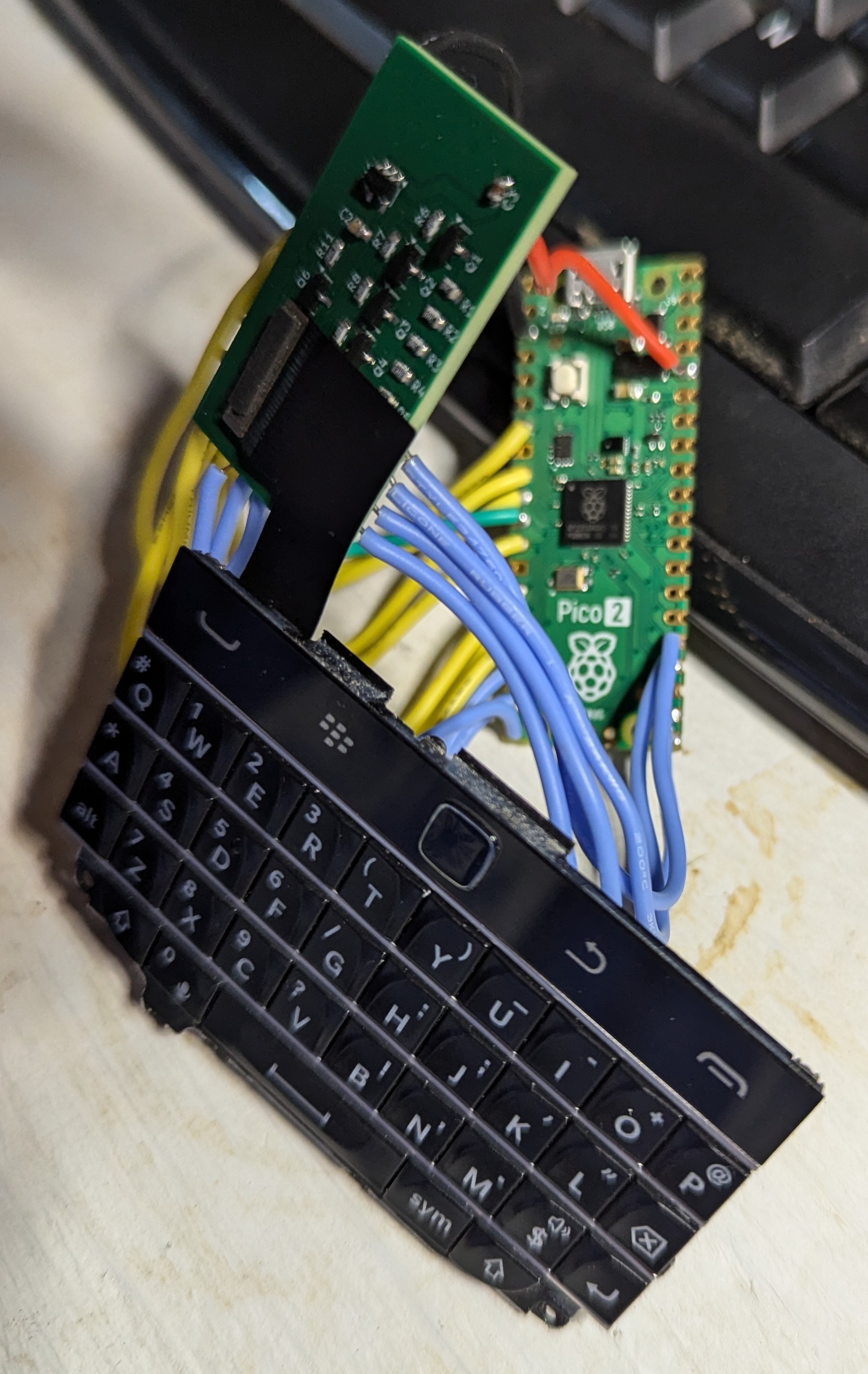
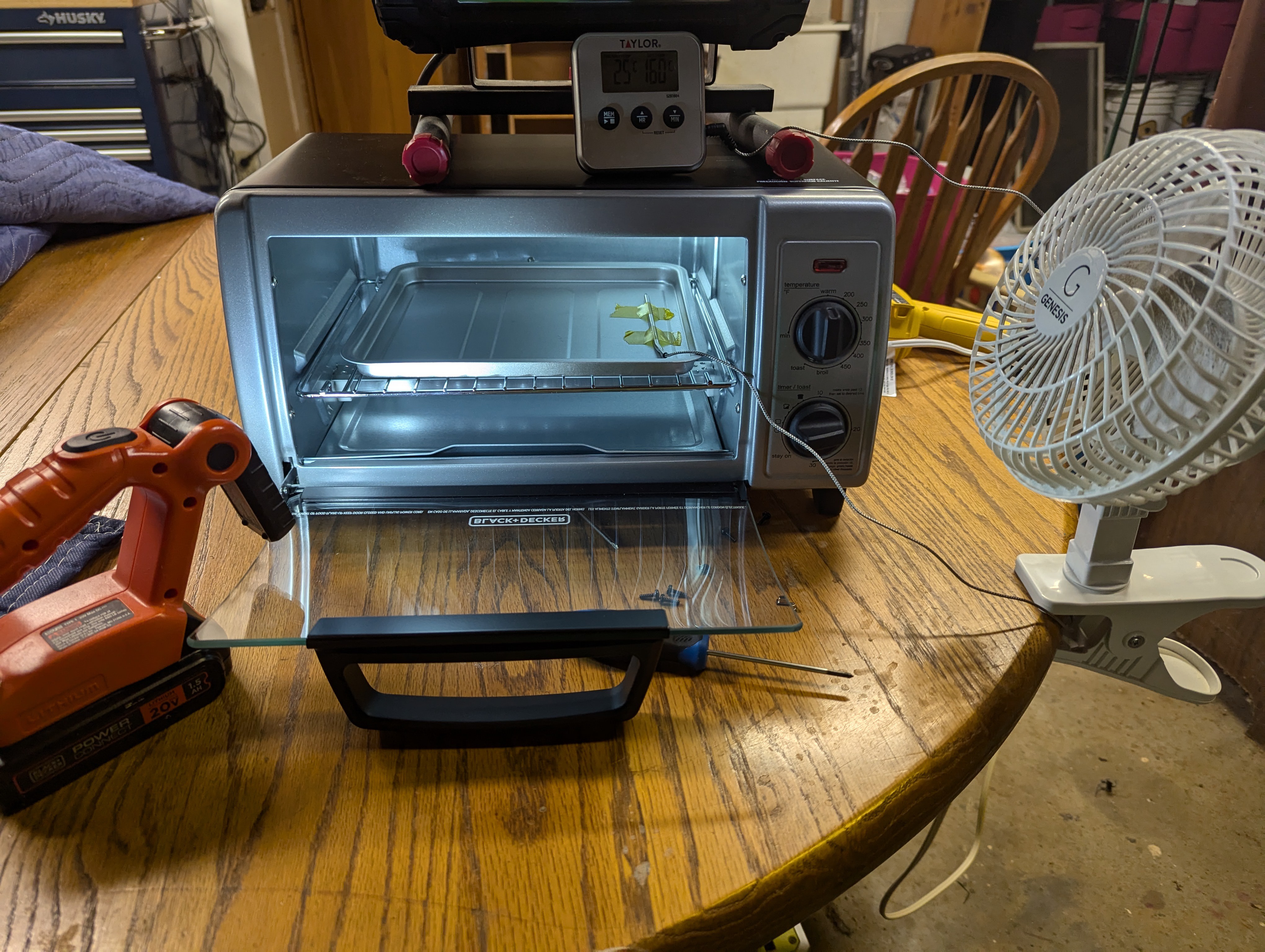
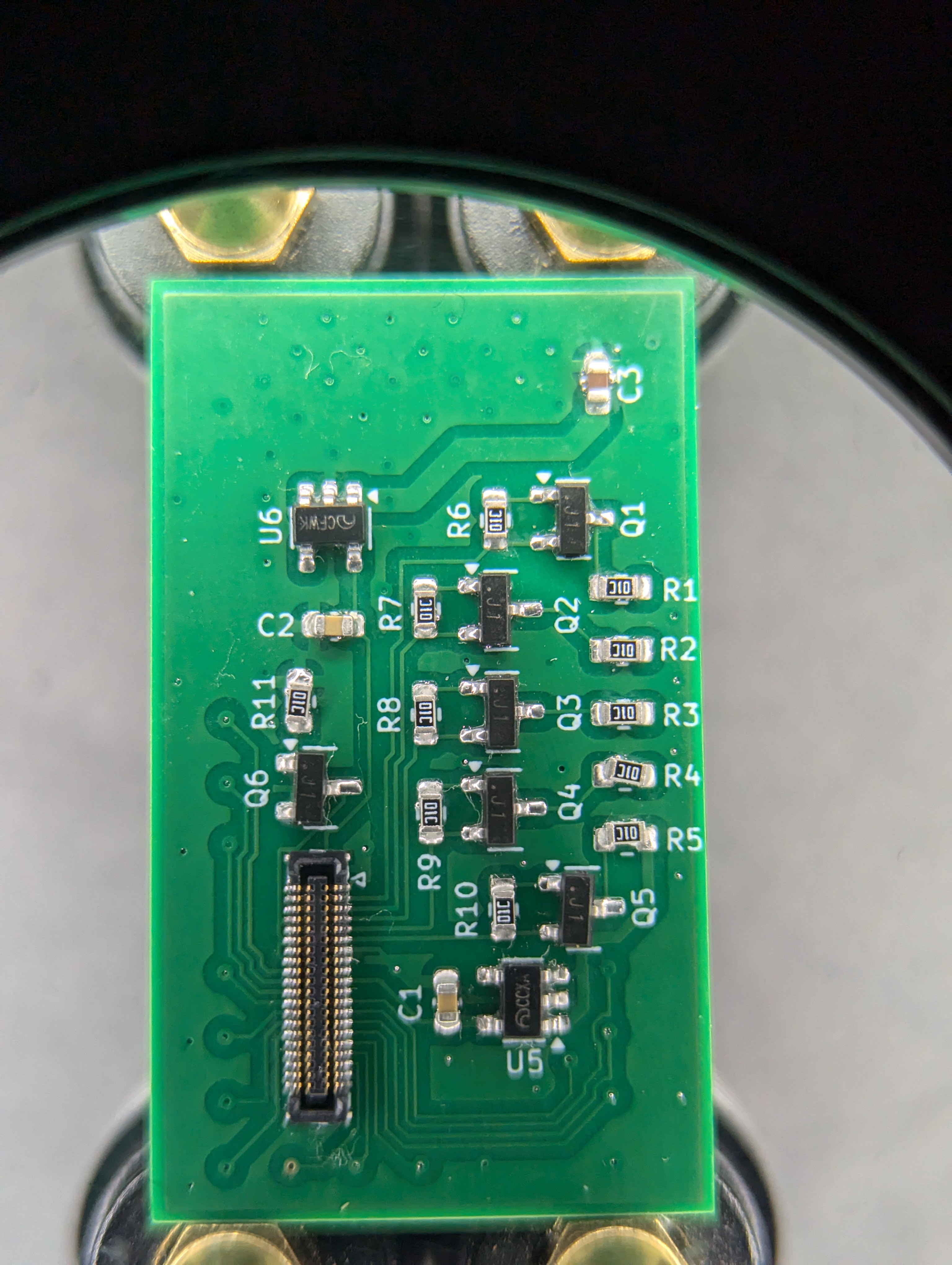
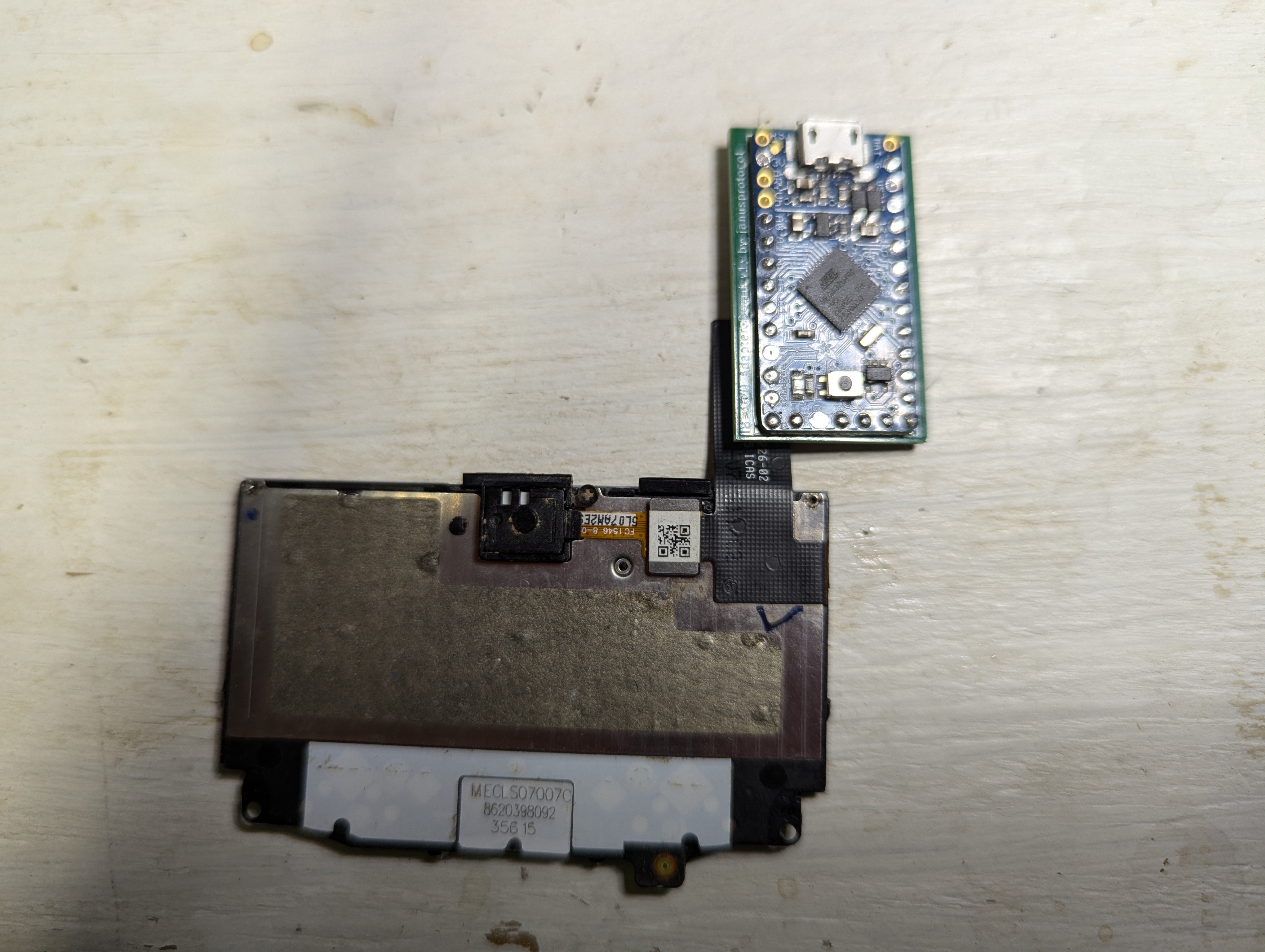
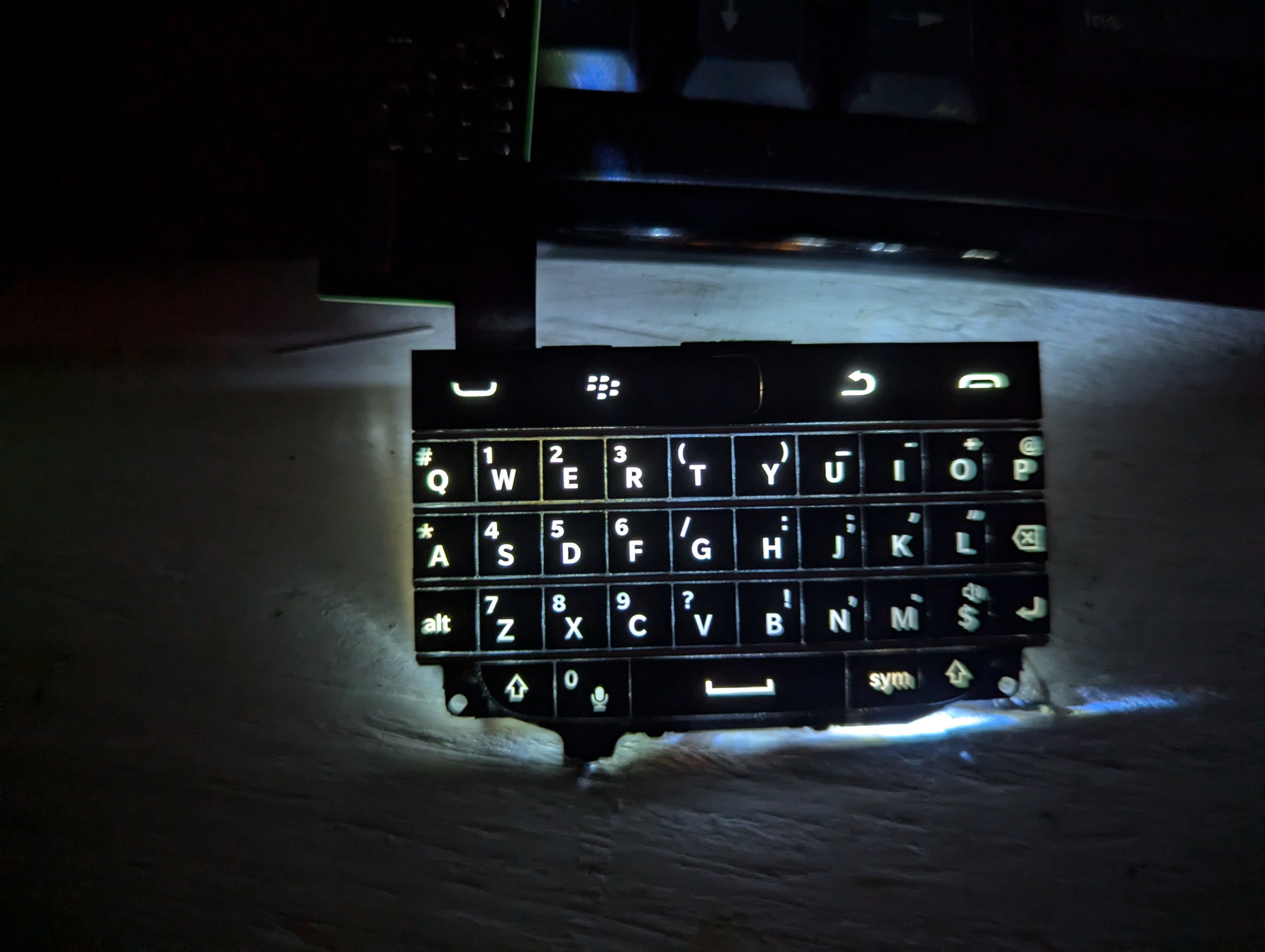

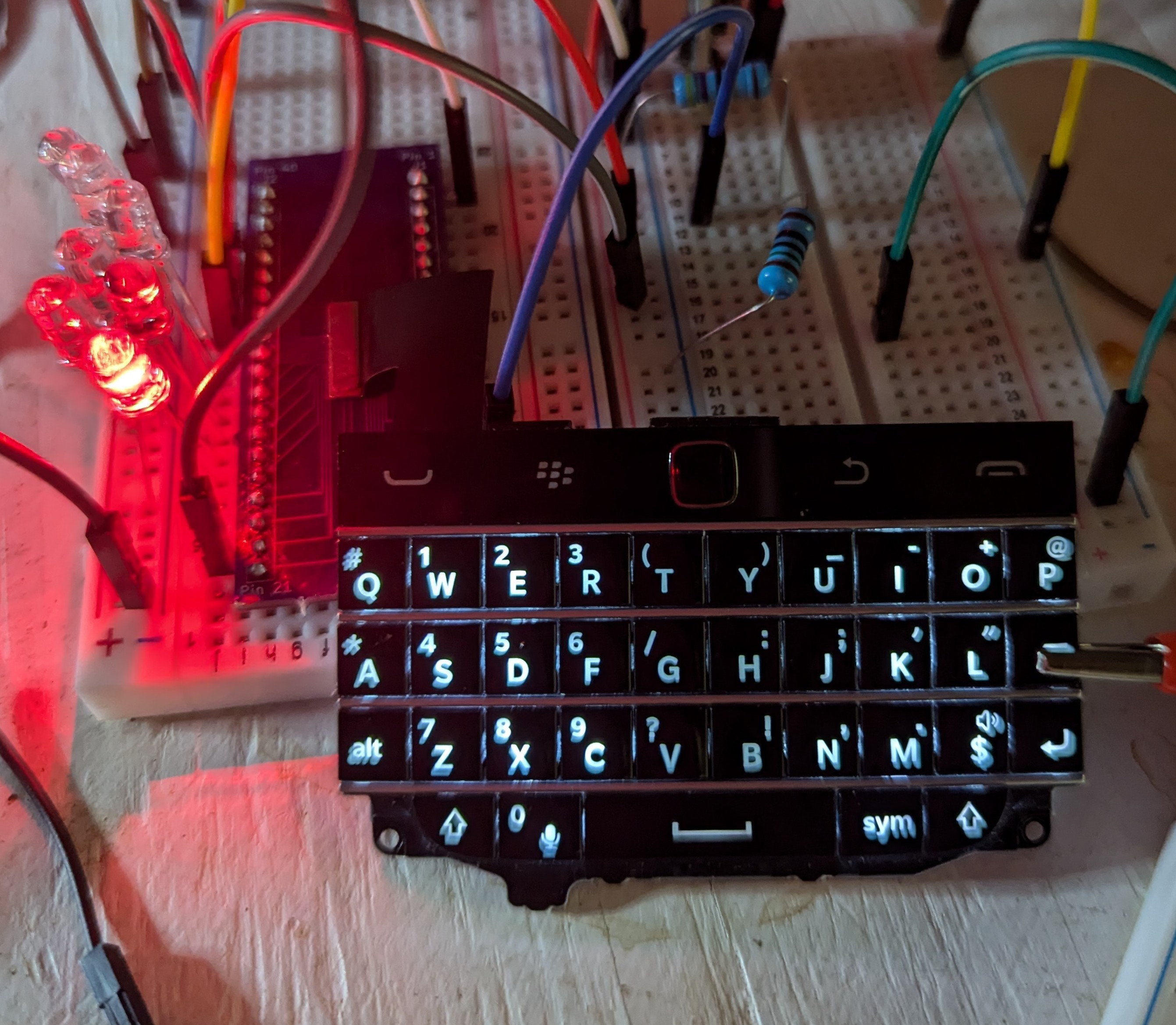
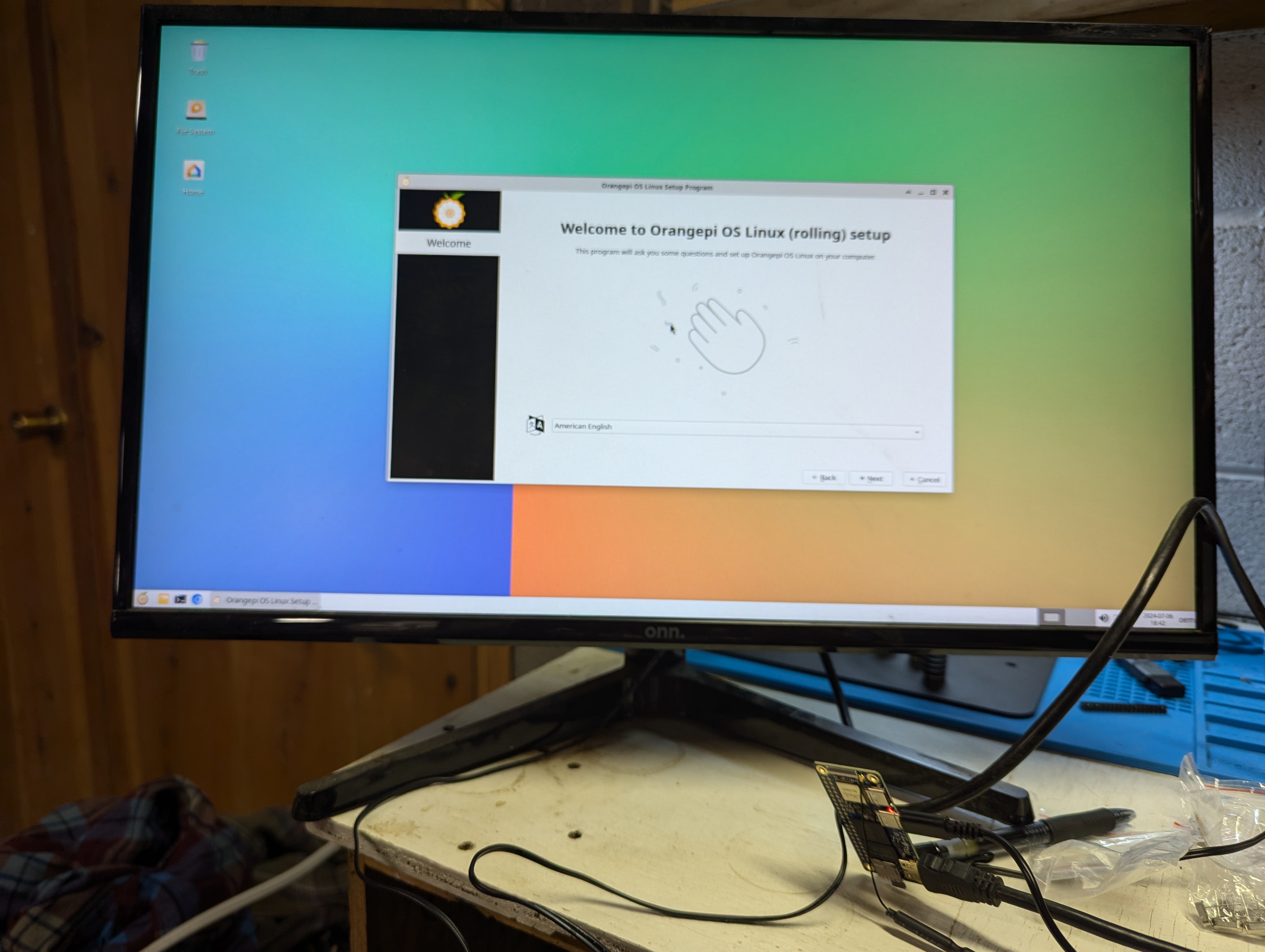
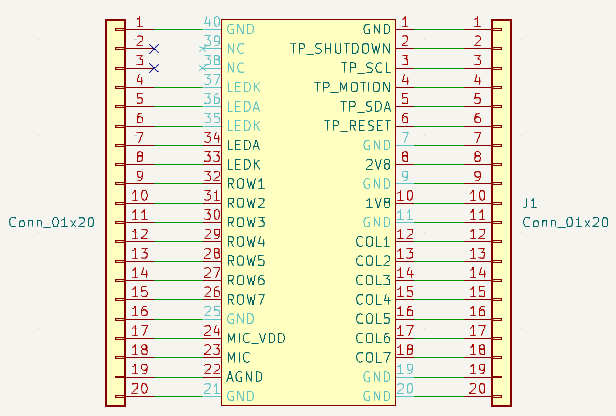
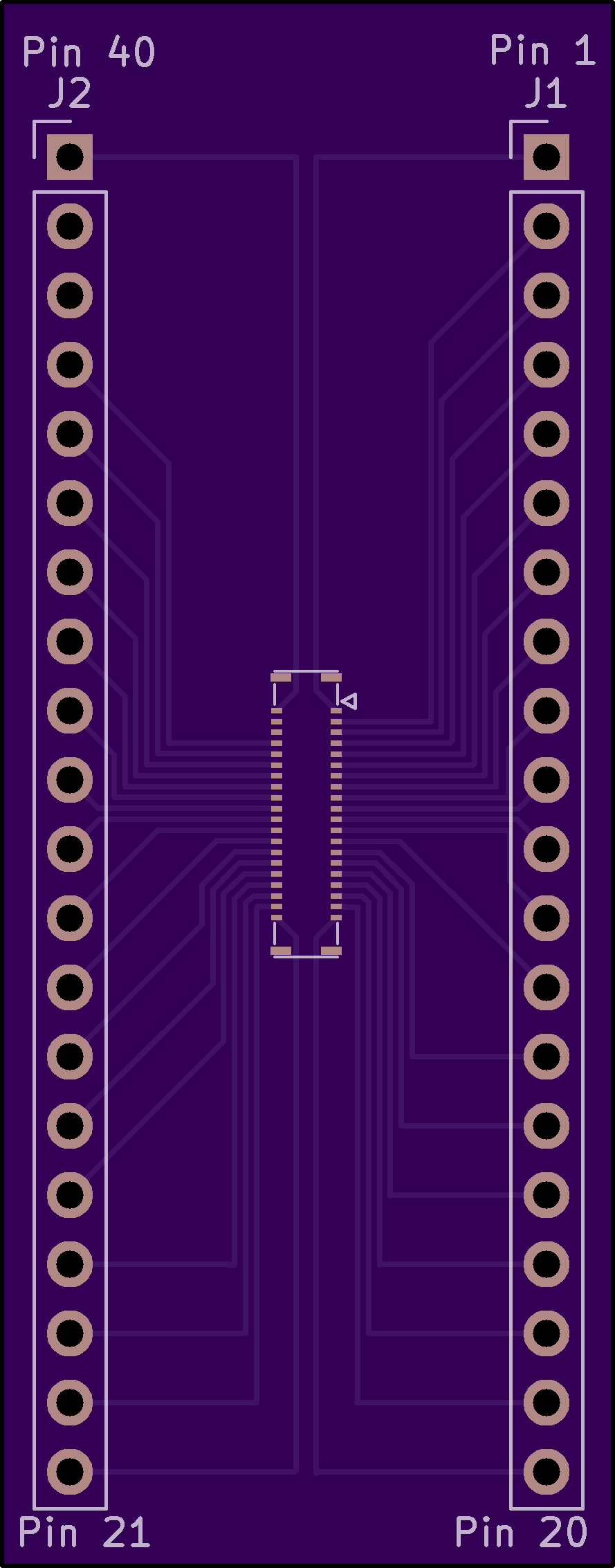
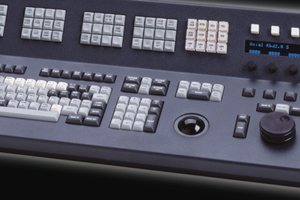
 noughtnaut
noughtnaut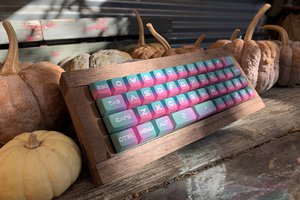
 Mx. Jack Nelson
Mx. Jack Nelson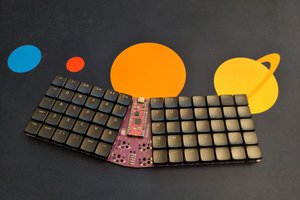
 deʃhipu
deʃhipu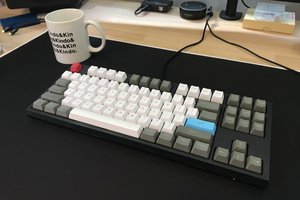
 Oleg Utkin
Oleg Utkin